Hiding in the shadows, friend of the hard life, Rogues are a critical part of parties in 5E. From Expertise to sneak attack and the extra utility that their Roguish Archetype provides, the Rogue solves problems that even magic users have trouble with. But knowing how to customize your rogue is just as important as the day-to-day actions you take.
Rogue Archetypes are the Rogue’s subclasses, available once you reach level three in Rogue. Archetypes grant benefits at levels three, nine, 13, and 17. None of the archetypes follow a particular format, though most offer a unique way to improve your sneak attack at level three.
All playable Rogue Archetypes in 5E
There are nine playable Rogue archetypes in 5E that are officially made by Wizards of the Coast. None of these archetypes have any prerequisites or limitations on them.
9) Inquisitive
A detective will need more than just wits to survive in 5E.
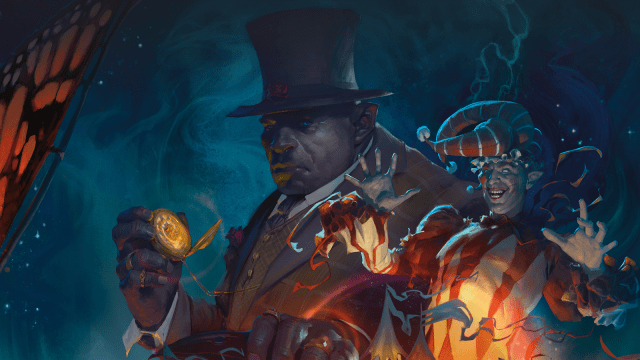
- Role: Out-of-combat utility
- Notable Features: Insightful Fighting, Steady Eye, Eye for Weakness
The Inquisitive Rogue is your detective, your searcher. Your tax collector. They enter a place and scope it out. To start, your Rogue becomes better at rolling Insight checks, faster at rolling Perception, and can eye out enemies.
Their gimmick, Insightful Fighting, lets you roll Insight as a bonus action to let you sneak attack an enemy no matter what. This a contested roll against Deception, but with Expertise and a good Wisdom score, you’ll basically guarantee it.
As you level up, you gain advantage on Perception and Investigation checks while moving slowly, can automatically detect illusions and shapechangers, and can even deal an additional 3d6 sneak attack damage when targeting your enemy with Insightful Fighting.
That being said, waiting until level 17 to get your big combat explosion is difficult. Otherwise, the Inquisitive Rogue makes you take a bonus action to do something that isn’t necessary. Just have your ally stand next to them. Even if you’re riding solo on the frontlines, there’s a much better archetype you can go for.
Neat archetype, though. Full of great flavor. We recommend trying it if you’re ever in a very low-combat campaign.
8) Mastermind
I’m 12 steps ahead of you.
- Role: Out-of-combat utility
- Notable Features: Master of Tactics
The Mastermind is an out-of-combat fiend with more interesting combat options than the Inquisitive. To start, you become a master of disguise, with a ton of tool proficiencies and languages learned, as well as the ability to mimic speech after a time. Really fun, but not too useful when a goblin is trying to slit your throat.
To help out in fights, the Mastermind gets a huge boost to helping out. They can Help as a bonus action, allowing them to hand out advantage on attacks like candy. Great for if you have a Paladin you want landing smites more often.
The other aspects of the Mastermind are great out-of-combat options. You get to read someone’s face and determine their mental stats at level nine, and at level 17 you’re immune to anything that would try and make you tell the truth or read your mind.
At level 13 you get a combat ability that lets you dodge attacks if you have cover provided by a larger creature. This makes halfling or gnome an exciting prospect since you could dodge damage a bit easier if you’re below the size of the average character.
Overall, a lot of fun in low-combat campaigns, and more useful than the Inquisitive in fights. But, it doesn’t have the pizzazz needed to give the Rogue an edge during fights.
7) Thief
We’re a long way from Baldur’s Gate 3 Thief, let me tell you.
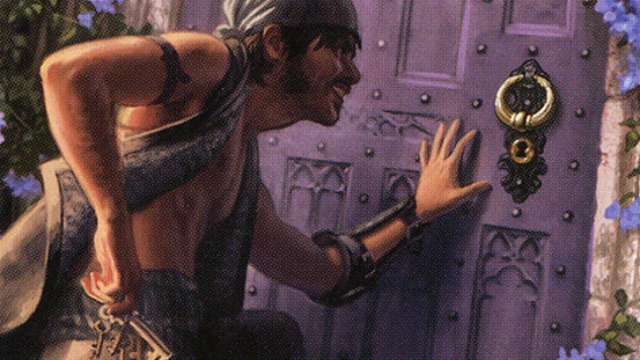
- Role: Out-of-combat utility
- Notable Features: Fast Hands, Use Magic Device
The Thief is the most common Rogue, but that doesn’t make it a great choice. Its first two abilities, Fast Hands and Second-Story Work, aren’t terrible. They let you use Cunning Action to take many different Dexterity checks and allow you to climb and jump much more easily.
The only powerful part of these abilities, however, is access to Use an Object as a bonus action. While this doesn’t include the ability to use magic items or potions, it can include mundane options, such as Acid, Alchemist’s Fire, Caltrops, and more. While not exactly the highest damage in the books, tossing some acid at someone will always get at least a small reaction.
At level 13, you get to ignore the restrictions for using magic items. This can let your rogue do funky things like use Prayer Beads.
That’s about it for super useful abilities. You can get advantage on Stealth checks if you go very slowly at level nine and, at level 17, you can take two turns during the first round of combat. Not exactly game-winning, but nice.
A strong class with some really unique options focused around spamming objects whenever possible. Really fun, actually, but something that requires a good DM, good luck, and very sticky fingers.
6) Assassin
If you ever want to be only useful during the first turn of combat, this one’s for you.
- Role: Melee damage, ranged damage, out-of-combat
- Notable Features: Assassinate
The Assassin is a one-trick pony, if you taught a pony how to just annihilate someone. The Assassin’s bread and butter is the Assassinate feature, allowing you to critically hit anyone who is surprised and giving you advantage on people who haven’t acted in a fight yet. This lets you dome people for massive damage if your group is the one to instigate.
To make this work, make sure your party are the types of characters that can start a fight quickly—like Druids or Wizards—as well as characters whose personalities make them shoot first and ask questions later.
The strength of this ability carries an otherwise completely underwhelming archetype. You get some tool proficiencies, the ability to make a different identity after a week of work, and the ability to mimic someone’s speech after three whole hours.
Your level 17 capstone lets you force a Constitution save when you Assassinate to double the damage of your critical hit, which is hilarious. You ever want to do 40d6 plus double weapon crit? Well, here you are.
That being said, it requires a lot of setup to be effective turn one, then leans on the Rogue’s basekit for as long as the fight remains. Like the Inquisitive, this is great for low-combat campaigns where chaining Assassinate can be more viable. It’s hard to pick off one person in a dungeon, though.
5) Scout
I’ve been in these woods all of my life. That’s why I get to leave melee range as a reaction.
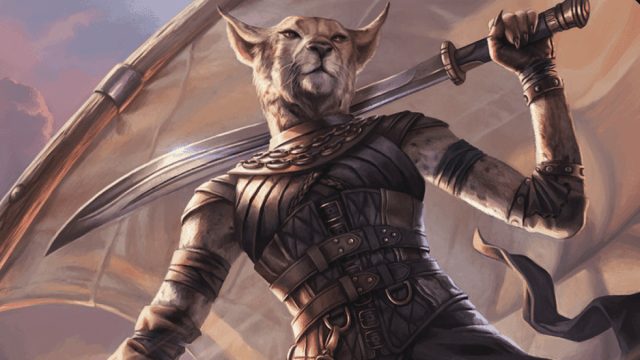
- Role: Ranged damage, specific utility
- Notable Features: Skirmisher, Superior Mobility, Ambush Master
The Scout is the first Rogue that is exceptionally combat-focused, outside of one or two skills. You begin play with the ability to move half of your speed when someone gets into melee, making this usually slightly more useful as a bow character. It can work as melee since you can use it to reposition during dangerous frontline skirmishes, but we recommend just sniping. You also get automatic proficiency and expertise in Nature and Survival, which is mostly just fun flavor.
Over time, you get 10 feet of movement speed, advantage on initiative rolls the ability to mark someone for death, and the ability to sneak attack twice per round by using a bonus action and targeting someone else.
The Scout doesn’t offer much, but what it does give you is quite sturdy. It is certainly more useful in standard campaigns than the Assassin.
4) Phantom
Seeing death on a day-to-day basis really takes a toll.

- Role: Area-of-effect damage, utility
- Notable Features: Wails from the Grave, Tokens of the Departed
The Phantom is our first instance of someone who wants to hit enemies very, very hard. Their starting abilities include the ability to become proficient in a skill or tool every day, which is great utility. The other part is the ability to deal half of your Sneak Attack to an enemy without a saving throw up to your proficiency per day. That’s not super great, huh? To start, that’s dealing 1d6 damage twice per day to a nearby foe.
That’s where level nine comes in. At this point, you can steal tokens from dead foes that you can burn to deal this damage again. That means your number of uses increases exponentially, and soon you’ll be dealing 5d6 extra damage each and every time you sneak attack. If that wasn’t enough, you can also talk with the dead using these tokens.
Your later abilities are impactful, as well. At level 13 you can fly and walk through walls, and level 17 lets you deal Wails from the Grave damage to the initial target as well.
A strong midgame subclass that scales into the lategame expertly.
3) Soulknife
You’ve unlocked the psychic part of your brain, and you’ve used that power to stab people?
- Role: Melee damage
- Notable Features: Psionic Power, Psychic Blades
The Soulknife, like the Psi Warrior, uses a pool of Psionic Energy dice to power their abilities. This pool is double your proficiency modifier in size, though you can restore one between each short rest. You can spend these dice to add to failed ability checks and, eventually, improve failed attack rolls and teleport.
These dice also refuel once per long rest abilities, including the ability to speak telepathically to your allies, go invisible at level 13, and stun enemies at level 17.
Your big gimmick is Psychic Blades, a unique weapon to the Soulknife that deals 1d6 damage and only exists during your attack action. Because of this, it can also be thrown for free, up to 60 feet. This weapon isn’t amazing, since it doesn’t exist all of the time and therefore cannot be enchanted. You can dual wield with it to add your Dexterity to an off-hand attack, but that means your offhand must also be empty. Using it like this means you threaten opportunity attacks with your fist. Fun for Tabaxi builds, but not as fun for our purposes. You also can’t use it for off-turn attacks like a Battle Master’s Commanding Strike.
Sadly, to use many of the extremely strong Psionic Abilities, such as adding a d10 to attack rolls, you need to use these soul blades. Not having a magical weapon in hand is pretty bad, but can be mitigated. And these abilities are very nice.
If you’re ever in a low-magic campaign or want to try out a thrown build, this archetype is a great way to do so without wasting potential on weapons. Just be sure to find solid magical items to attune to elsewhere.
2) Swashbuckler
Dancing with the devil? This archetype makes the devil dance.

- Role: Melee damage
- Notable Features: Rakish Audacity, Panache
The Swashbuckler is one of the most unique Rogue archetypes, giving it some fun abilities to turn it into a skirmisher. To begin, hitting opponents disables opportunity attacks, and you can melee sneak attack any enemy that is left alone. This gives you the ability to single out an enemy and bully it to pieces, kind of like a Drunken Monk. Unlike the Monk, though, you’re going to be dealing sneak attack to that target and then ducking away behind cover or more.
This archetype guarantees Sneak Attack, which is something few other archetypes can boast. It is especially useful for a party with few melee combatants or squishier ones, like Monks or Bladesinger Wizards, that might want to not tank a Minotaur head-on.
As you level, you gain the ability to taunt opponents or charm potential allies. This charm is rather interesting, as it is one of the few charms that doesn’t have any resources on it and isn’t necessarily magical. This can lead to incredibly easy Persuasion situations against any character with a low Insight check.
In combat, this ability is weaker. Spending an action to give an enemy disadvantage to attack anyone but you is okay, but it turns offline the moment an ally attacks it. And you’re still a Rogue. Not exactly the tankiest person in the world.
Your endgame fails to impress, either. Elegant Maneuver at level 13 lets you gain advantage on Acrobatics or Athletics checks, and level 17’s Master Duelist lets you attack again once per short rest. Great for in and out of combat, but nothing that wows you. You’ve already got nearly guaranteed sneak attack, so you probably didn’t need much else.
1) Arcane Trickster
It’s the rabbit-in-a-hat trick, but you can actually conjure a rabbit.
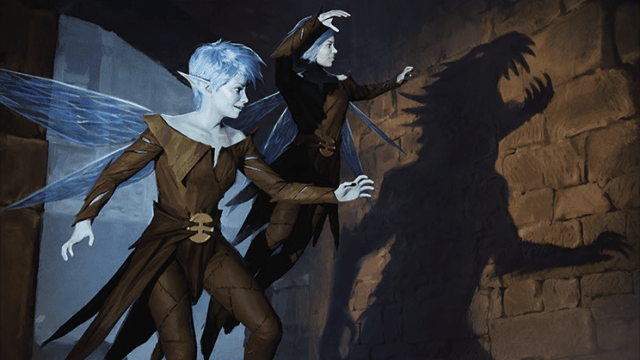
- Role: Magical utility, magical damage
- Notable Features: Spellcasting, Magical Ambush
The big draw of the Arcane Trickster is spellcasting. Their spell list comprises mostly of enchantment and illusion spells, but with slow access to other options. Any spellcasting is great, and enchantment has some deadly offensive capability in spells like Tasha’s Hideous Laughter and defensive capability with spells like Silvery Barbs.
They also get cute utility through Mage Hand, which allows them to move items around, steal things, and even pick locks. Really fun, but also lets you disarm traps from afar, letting you potentially survive a deadly situation with no harm done.
Magical Ambush is a fun ability where you can come out of stealth and cause disadvantage on a saving throw. While handy for Enchantment spells, this can also spell doom once the Arcane Trickster learns spells like Fireball or Hold Person. Having disadvantage against save-or-die magic is deadly. It also makes the Arcane Trickster a very fun Wizard multiclass.
The end of the class lets you get advantage on attacks as a bonus action and, eventually, counter spells and cast it yourself if you have the spell slots.
A good archetype with, mostly, great utility. But, the potential to deal a lot of damage and win fights on your own is definitely still here, much like it is with many different spellcasters.


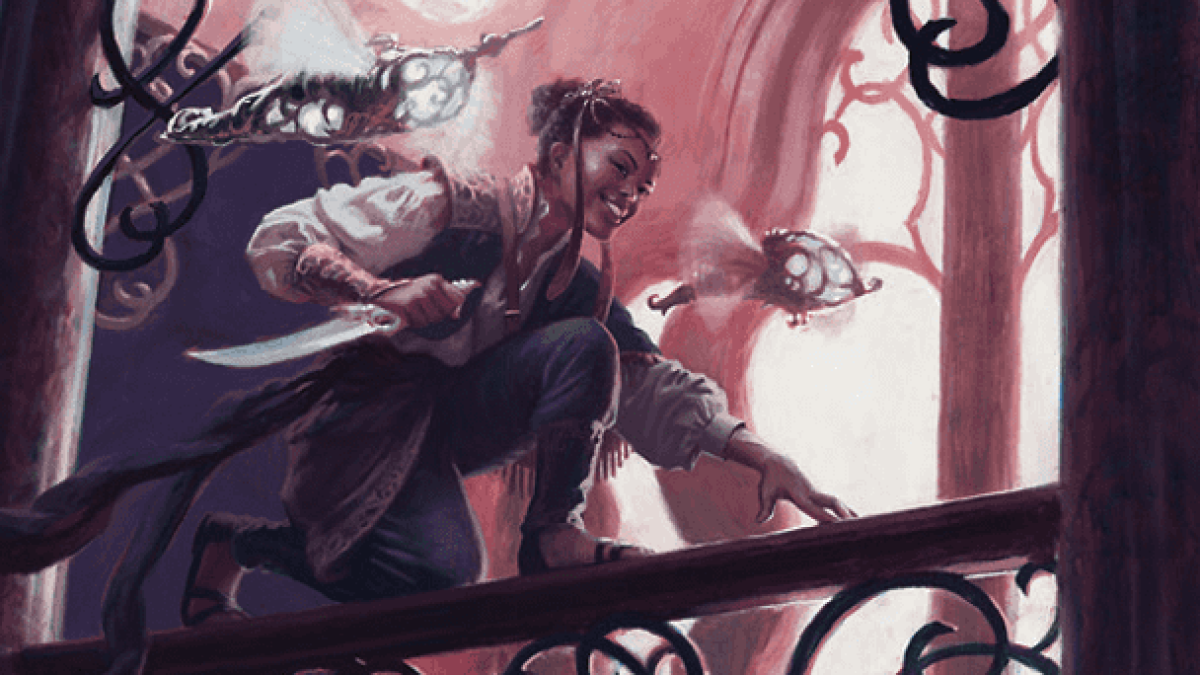
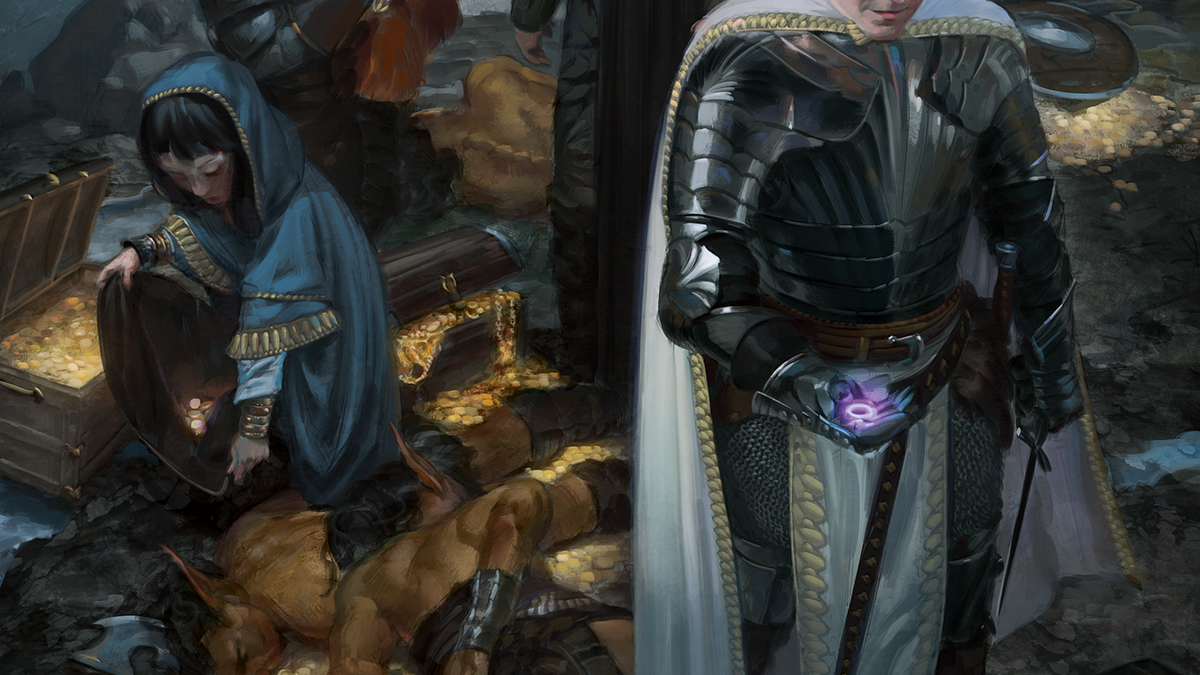


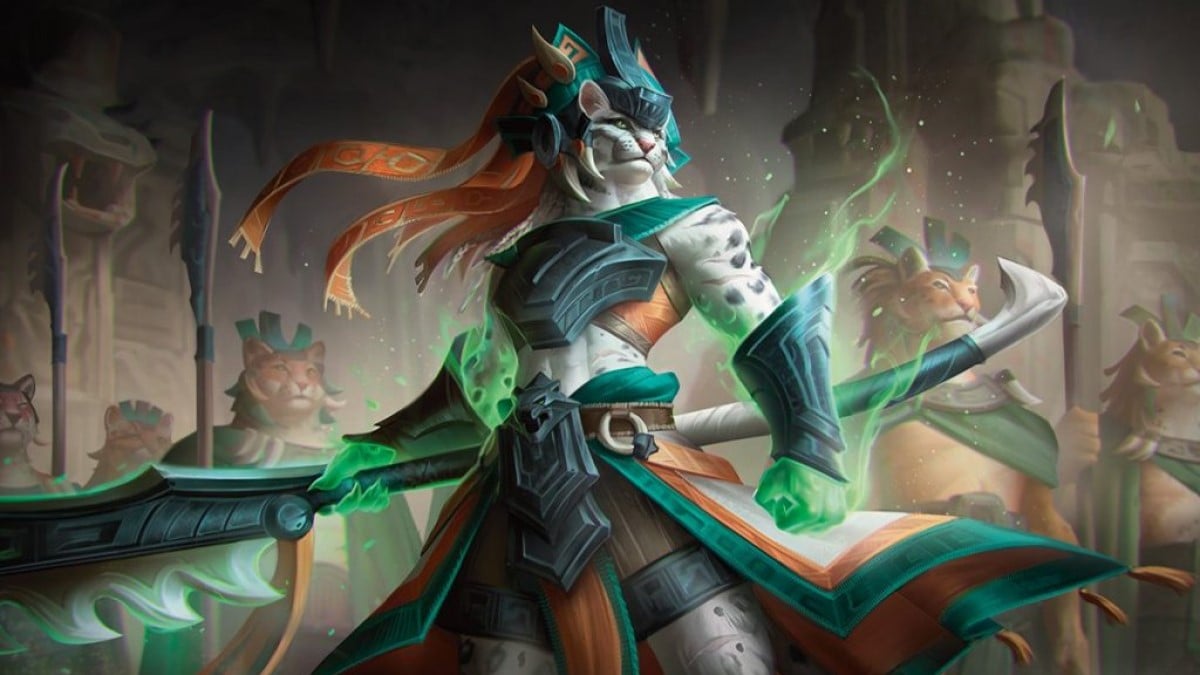
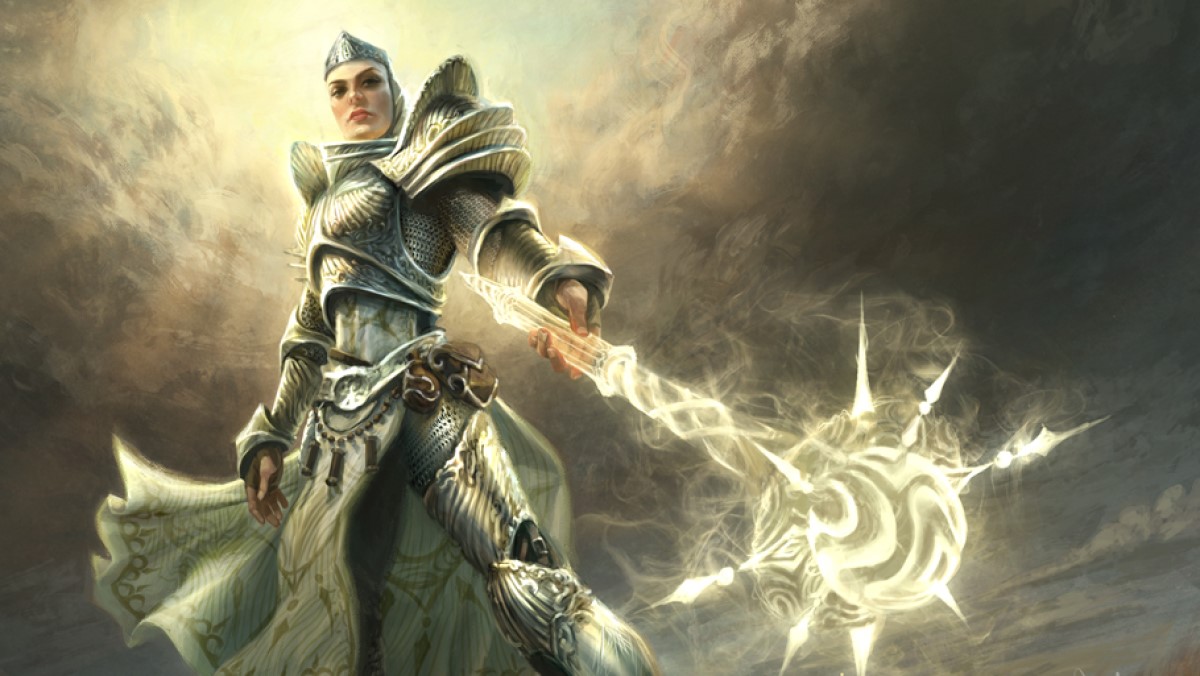

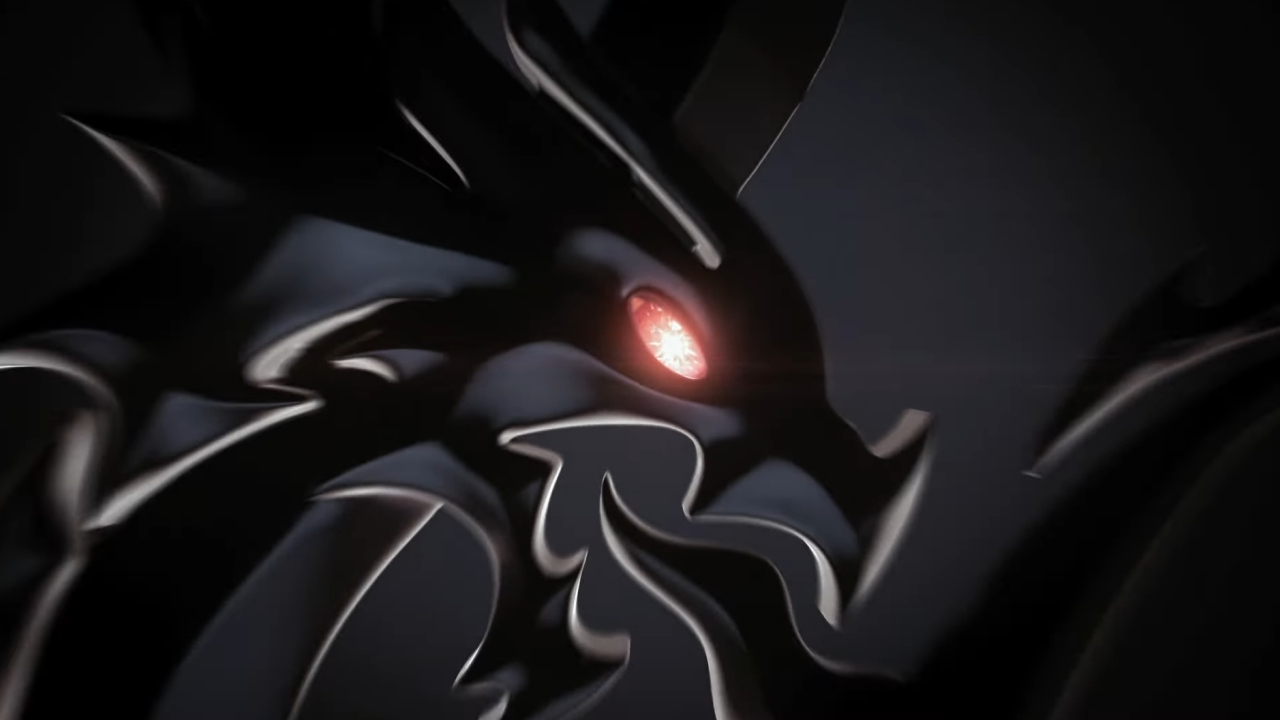
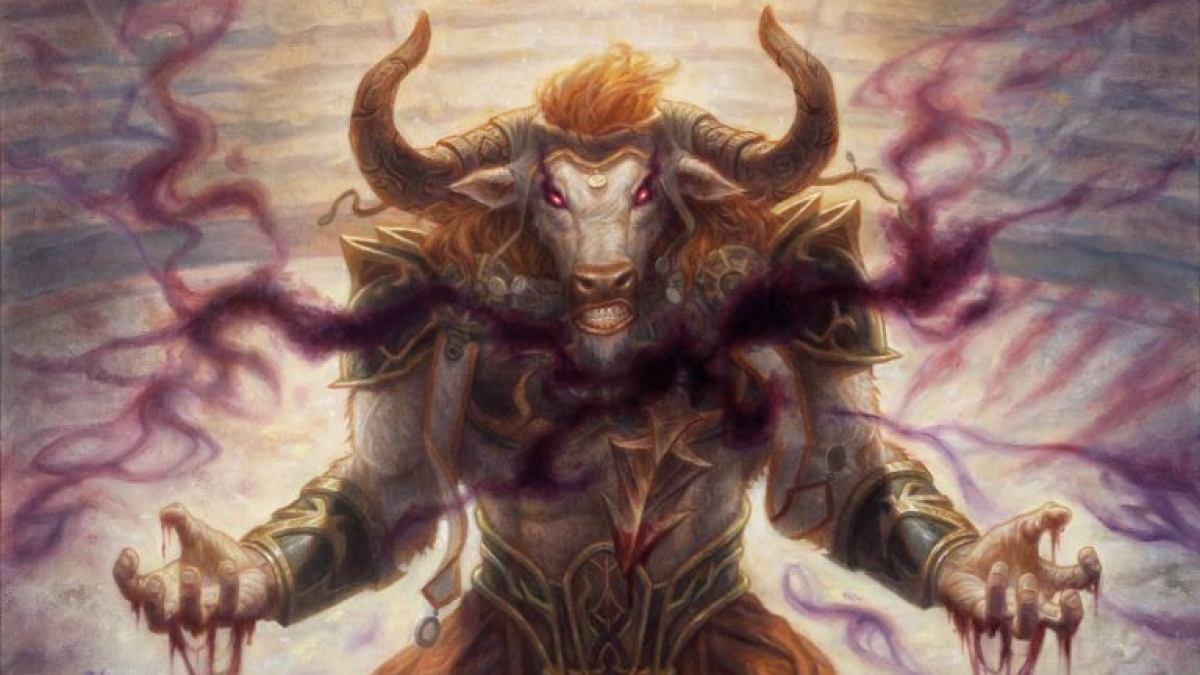

Published: Sep 12, 2023 05:30 am